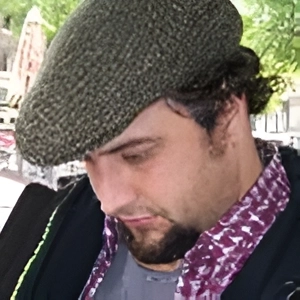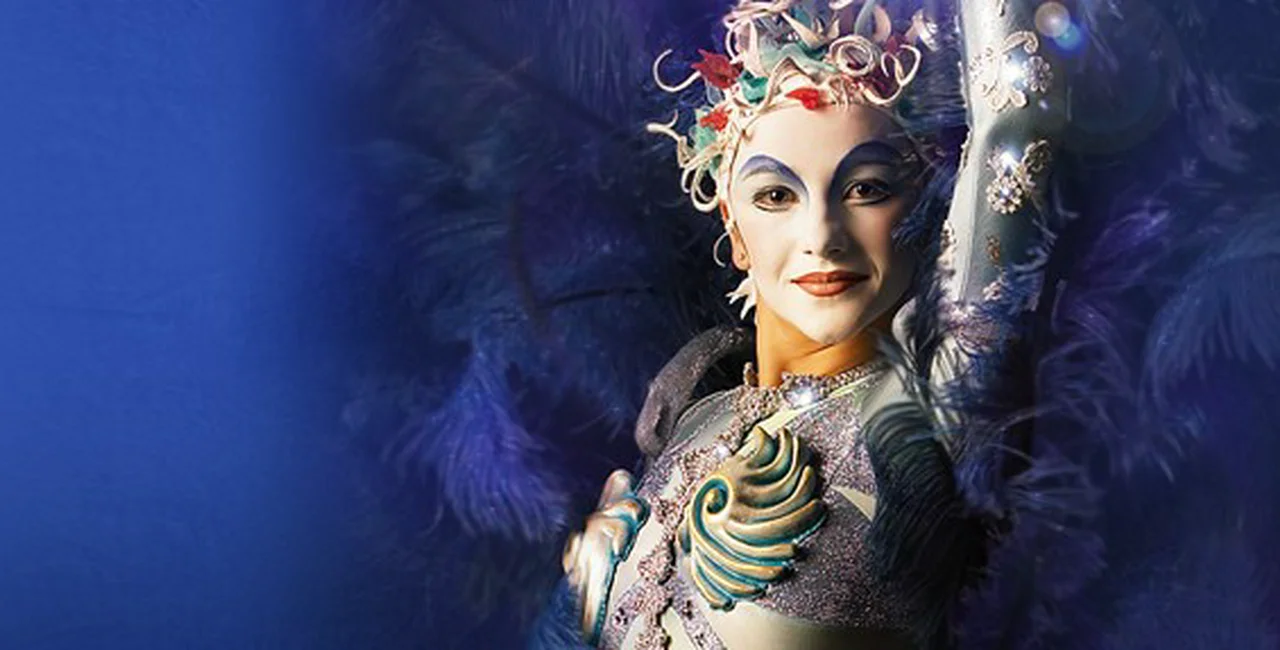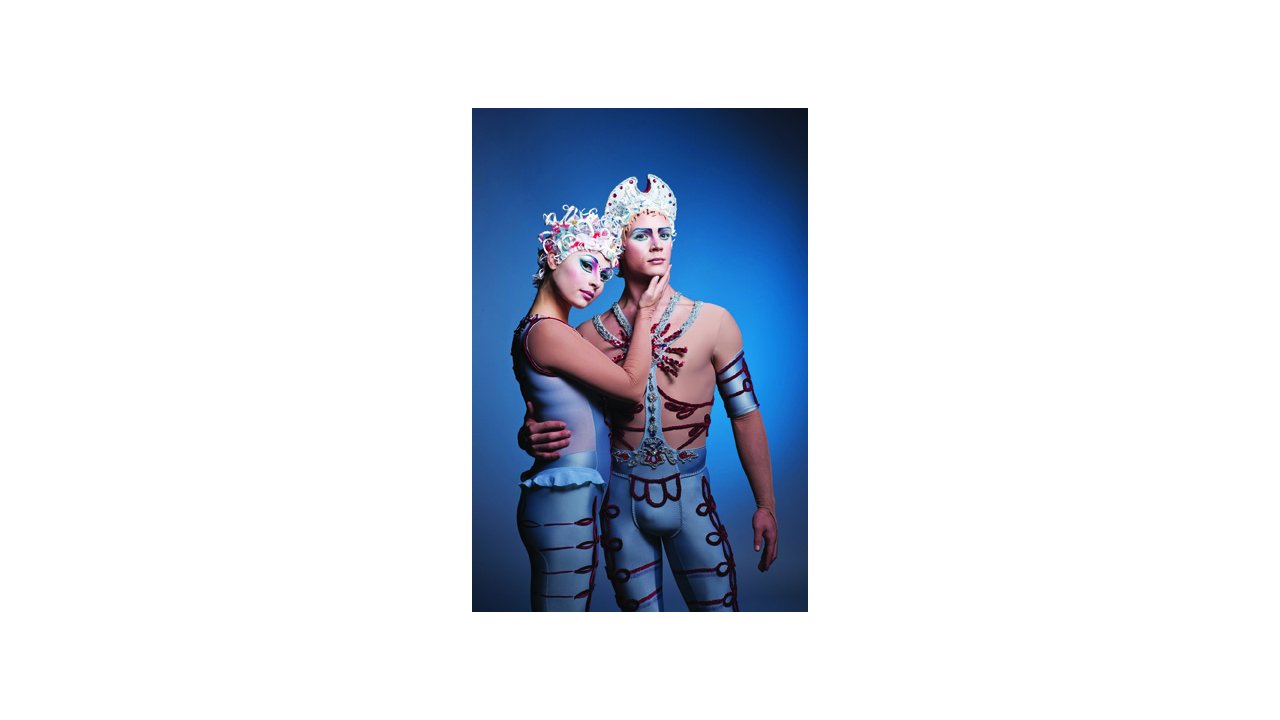Cirque du Soleil, the internationally renowned circus troupe, are coming back to Prague in May with one of their most popular productions, Alegria.
Alegria, which means ‘joy’ in Spanish, is more than just acrobatics and circus arts. To get an idea of what to expect, we spoke with the troupe’s publicist, Geneviève Laurendeau.
PARTNER ARTICLE
For people who are not familiar with the performance Alegria, could you please explain the concept behind it?
For those who don’t know what Cirque du Soleil is, it is a prestigious company which provides live entertainment around the world at a high level, with highly skilled, mesmerizing acrobatic performances on stage. So for every single show of Cirque du Soleil, there is a concept, a story behind [it] that visualizes all the elements, so it’s more than just a circus. There is live music on stage, acrobatics for sure, theater, acting, dancing, choreography and so on. It’s the perfect mixture of all these elements combined that bring on a fabulous show that transports you on an emotional journey. The mission of Cirque du Soleil is to evoke the senses and touch the emotions. [In] Alegria, for example, the story of the show is the struggle of the power between generations, so this a concept that is presented through characters and acrobatic maneuvers and different acts on stage. For example, you have the Old Nostalgic Birds, who represent the establishment, the old way of thinking, the older generation. They’ll often be on stage watching what’s going on, what are the acts presented on stage. They’re very curious. They also try to stand there and assert their rights, which is owning the power of this kingdom of Alegria. One after the other, the acts coming on stage represent youth. This younger generation, which tried to challenge this establishment and to gain the power which they think is theirs from now on. So you will have through different characters and their costumes groups which represent the naivety of youth, the fury of youth, the strength and the willingness of youth. Some others will try to challenge gravity, try to fly or try to jump very high. Others will be more aggressive and represent a desire for change.
These sound like quite deep themes for what people may assume is just a circus. Why was there this idea to tackle such themes in the medium of the circus arts?
I think it’s to give perspectives and bring different dimensions to a show and that allows it to be popular and renowned around the world. The themes really underlie all the elements and brings all the people somewhere. It reaches your emotions. It really evokes your senses and in this way you really feel transported. You feel that we’re telling you a story but it’s not really given to you this way. It’s not from point A to the end. It’s more [a] story that is more evocative, through symbolic approaches and iconic elements and from there you make your own story. It’s very global. It’s very special to describe our shows because it’s not a traditional circus. It’s Cirque du Soleil, combining all these elements. But how can we make sure all these elements work together at least through a concept. A story unites all these elements, gives them a meaning, so the act is a place and time and reveals something out of it. If you don’t know what you’re supposed to get, the Old Nostalgic Bird on stage how can you transmit this impression of the old generation, why would you transmit that? It’s a key idea which responds to our daily reality – the struggle for power between generations. It’s what is going on right now. You have these old generations trying to use computers at work whereas kids can surf the web easily, so these contrasts in our life, in our reality, are very present in our days and the show reflects it.
The stage design of a Cirque du Soleil performance is one of the troupe’s trademarks. Could you describe this visual element of Alegria?
The stage setting takes up half of the floor that we use in the arena. The stage is coming pretty far on the floor. The first row is a meter and a half from the stage, so people can sit very, very close. It’s very intimate and we have a real connection with the audience. Above the stage you will see a dome, which is symbolic for the establishment, a dome which is in the architectural style of, let’s say, a bank or city hall. The structure which is hanging from the ceiling of the arena is more than 100,000 lbs. This includes the dome, the different PAs, the light system and the backdrop which is very colorful. We have two curving stairs on each side where the performers come from. We have the musicians in the back, so we can see the musicians, and we have five entrances allowing performers to come from everywhere, which adds to this multidimensional reality of the show.
You mentioned the musicians, and music is another key element of a Cirque du Soleil performance. What makes the music of Alegria so special?
The theme music for Alegria is, until now, the most popular song from among all Cirque du Soleil music. The music is original and is composed for every individual act of the show. It adds a texture to the show and it allows the performers to feel supported by the musicians and the music and the magicians follow what’s happening on stage, so if a performer is taking twenty seconds to readjust the musicians will adjust accordingly, so it will add to this perfection, but sometimes it’s a bit more organic than you can believe. It puts more pressure on everyone. We know we rely on each other. And it adds to the very strong instinctive feeling we can feel in the show while watching.
The show was originally intended for the big top. What changes have been made to accommodate the arena setting?
It’s more on the technical, side so the set up can be faster. In terms of what you see on stage, nothing has changed. Maybe the costumes are more colorful. But since we change arenas every week sometimes we deal with higher ceilings, the features can be closer. We always try to keep it intimate so we can have a strong connection with the audience, so if the sound system is more powerful we will adapt to the building materials used in the buildings, allowing us to adjust and to present the best show possible. The lighting team as well has to do some little adjustments, making sure that through the different power supplies and different lighting techniques used on stage we can reach the crowd sitting further and closer and so on. The dome which we use in Alegria, no matter the venue, is the same in the big top as well. The very same dimensions. The same journey is given to you, so nothing has changed on that side.
Where does Cirque du Soleil get its inspiration from?
I think it’s a collaborative work. It has many different creators, talented people, working together to create something new, something different every time. We have a chance to work with the best artists from around the world – artistically and technically as well. It allows us to meet creators, directors, sound designers, set designers, song-writers, choreographers, composers and many more people, working on what could be the next great show to present. We also have people looking at trends and influences and thinking about the future all the time, wondering what’s the next trend, what’s cool, not just tomorrow but in 25 years, what will be the strong influence in the arts at that time and it goes with the music and colors. What themes will people like to see and hear and discover? Now we have the technology, 3D projections, so we have all these ideas and possibilities and we try to find their line. We work on this to create a new show.
Is there anything which would not appear in a Cirque du Soleil performance? Are there any areas which are not part of the troupe’s philosophy or feel?
Our keyword is impossible. We try to make the impossible possible. But I would say that for now we would not have any animals on stage. But the limits will be pushed because we like to explore the impossible.
What do you think is the reason for the continuing popularity of Cirque du Soleil around the world?
I think it’s having concepts and themes presented on stage, so the feelings which are transmitted on the show are timeless, and having this mission of evoking the senses and emotions is allowing us to reach more people and also having international themes like the struggle between the generations, the strength of women, the glory and beauty of the human being. The themes which we show are very global and unifying. They can survive for years without changing. Because it’s very strong what connects people to reality and it also expresses some of their interpretation of life through circus arts and acrobatics and watching the show you realize you’re transported into a dream and you really do forget everything around you. For two hours you live a beautiful story, you’re blown away and impressed by the possibilities of what the human body can do. And whoever comes out of wonder where do these people come from and how can they do this and we’re satisfied to hear that.
Cirque du Soleil will be performing Alegríain Prague from May 23 – 27 at O2 Arena. Get your tickets now – they’re sure to sell out soon!
Were you at Cirque du Soleil’s performance of Saltimbanco in Prague in 2010? Have you seen the troupe perform? Do you plan to go to Alegria?












 Reading time: 8 minutes
Reading time: 8 minutes 



































